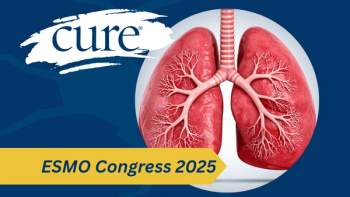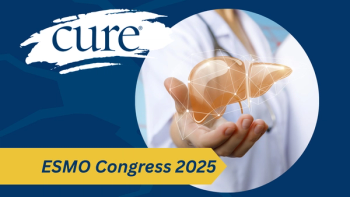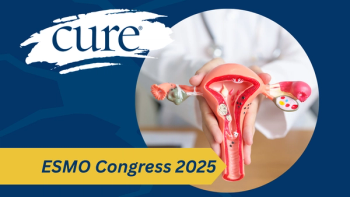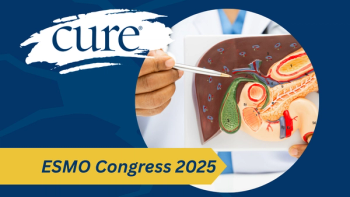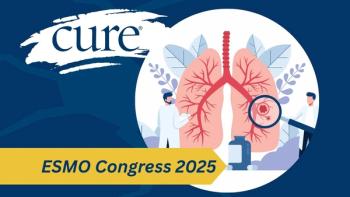
Going Broke Paying for Cancer Medications? This May Help
How I saved big on costly prescription medications for cancer treatment.
Recently I wrote
My recent experience with being in between jobs included a COBRA insurance bill of $1,010 per month — seems legit (no, not really). The costs of medications were covered for the most part, but the COBRA was killing me. My only option was to literally stick it out (no insurance) until my next job, but I had to have an option for my medications.
I reached out to a few government services locally. One told me it would take me four months to actually start receiving any help with my medications. Other services I was referred to didn’t respond to my calls. Luckily, I found Blink Health. I’d briefly mentioned Blink in my last article, but had not used it until recently.
Here’s how Blink works. Simply logon to the site, shop for your medications, add them to your cart and checkout. A Blink card will then be sent to you by email or to your mobile phone. You will need this to pick up your medications at one of the participation pharmacies — and, of course, you will also need your prescriptions.
Personally, I have saved as high as 96 percent on the purchase of some of my medications. This service has truly been a lifesaver for me and I’m sure it can help many others out there who struggle with medical expenses every day. Give it a shot.

